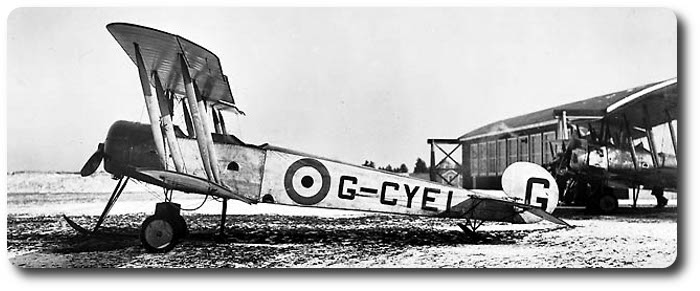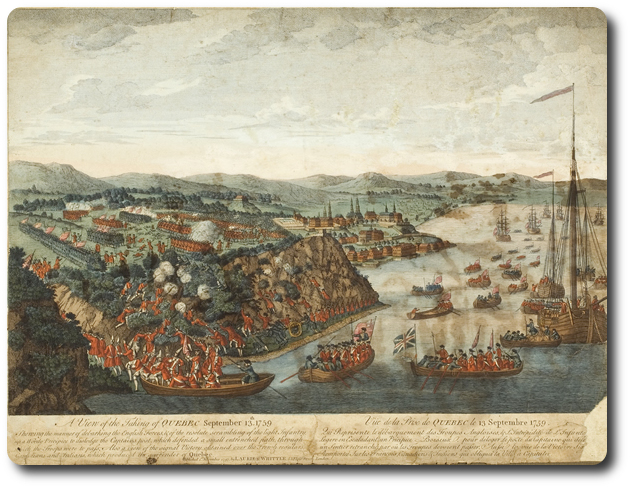Topic: Officers

Regulations for Admission
A Few Tips for Officers, Before and After Joining
Aid to Obtaining an Infantry Certificate, by Capt. A.P.B. Nagle, R.C.R., Second Edition 1906
The officers, N.C.O. and men attached to the school of instruction, from time to time, shall be held to be called out for active service and will be subject to the laws and regulations under the Militia Act, which apply to officers, N.C.O. and men, called out for such service.
The attached officers will rank among themselves, according to their militia rank, but on all duties connected with the school they will, whatever rank they hold, be considered junior to the officers of the corps comprising the school.
If attached officers are detailed for court martial they are entitled to their militia seniority.
- C.O. - Commanding Officer
- D.O.C. - District Officer Commanding
- O.C.R.S.I. - Officer Commanding Royal School of Infantry
Officers who wish to join will send in an application to their C.O., who will forward it to the D.O.C. Of their district, who will refer it to the O.C.R.S.I., asking if there will be a vacancy. If there is, the commandant will notify the D.O.C. And will issue transport to the officer, informing him upon what date he is to join.
Officers authorized to join should supply themselves with the following articles:— Red and blue serge, undress cap, trousers, "Sam Brown" belt (or if not worn, in their corps, waist belt and sword), gloves; in winter, fur cap, gloves, great coat and long boots.
On arrival at the station they will report themselves at once to the adjutant, when accommodation will be made for them.
Attached officers will be members of the Regt. Mess for the time they are undergoing a course. They will pay an entrance subscription of three dollars and an additional subscription of three dollars a month. They will be given a copy of the mess rules. The mess bills will form a first charge on their pay. They will receive $1 per day quarters, rations of fuel, and light.
Officers on joining should have their hair cut according to regulation. They should be particular about shaving and always neat when in uniform. They should, when speaking to the commandant, address him as "Sir"; when meeting him they should salute. All senior officers on parade should be addressed as "Sir."
Attached officers will be allowed a soldier servant. If he neglects his duty the matter should be reported to the adjutant. Complaints should be made to O.C. attached co'y; if not attended to they should report them to C.O. At orderly room hour.
Officers will wear gloves, not carry them, when walking on the street in uniform, they will not smoke. They will not enter the sergts. mess or canteen except on duty. No "treating" is allowed in the officers' mess. They will check all undue familiarity of N.C.O. and men, and report the same to the adjutant.
The duty roster is kept by the adjutant and can be seen by officers at any time. Should an exchange of duty be desired, the application should be sent to the adjutant (for approval of C.O.), signed by the officers wishing to exchange before twelve noon, on the day before the exchange is desired. Once in orders for any duty, officers cannot be relieved unless on very urgent affairs.
Should officers require leave, they will first ascertain if they are for any duty, if they are not, they should either enter their names in the leave book or submit a written application.
Daily orders are to be seen in the officers' mess. Officers should make a point of seeing them.
Warning for parade is sounded 20 minutes before parade. Officers should set their watches by the bugle, as no excuse can be taken for being late for any duty.
When on orderly duty officers will not leave barracks except by special permission of C.O.
All members of the mess will dress for dinner; attached officers may wear the blue serge jacket. No smoking is allowed in the ante-room after the 1st mess bugle, which goes on half hour before mess call. No official books are to be taken into the ante-room. No caps, gloves, coats, or sticks are to be left in the ante-room. Should the commandant enter the ante-room, officers will stand up for a second. Dinner is a parade, and officers on entering the ante-room before dinner will address the senior officer. No one should leave the dinner table before the wine has been past, except by permission of the senior officer. No discussion of a personal, religious, or political character is allowed on mess premises. If officers have complaints to make about messing, waiters, or anything in the mess, they will make it to the Mess Secretary. They should consider the mess their "home" and use it as such.


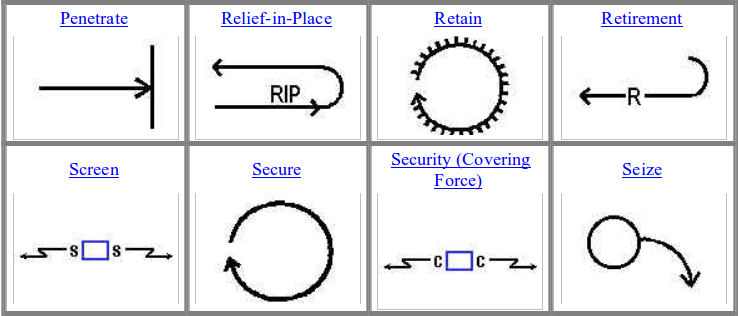
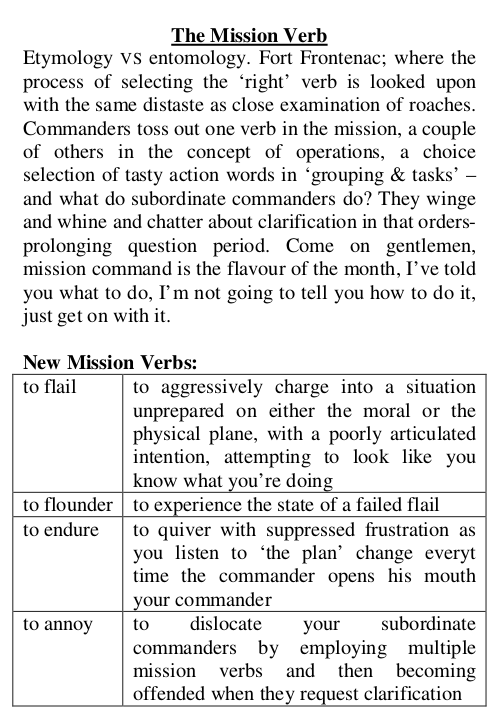
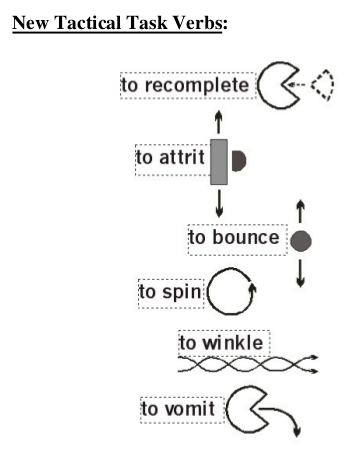
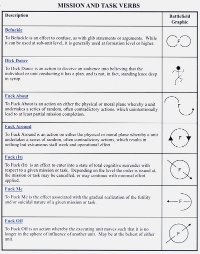
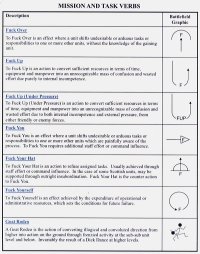
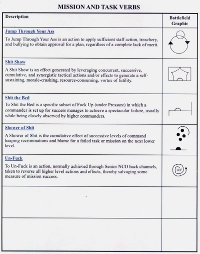

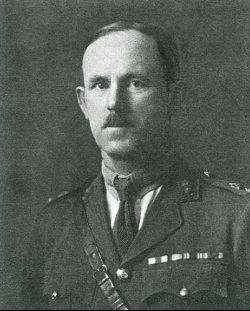
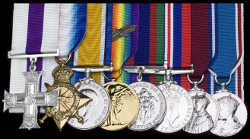
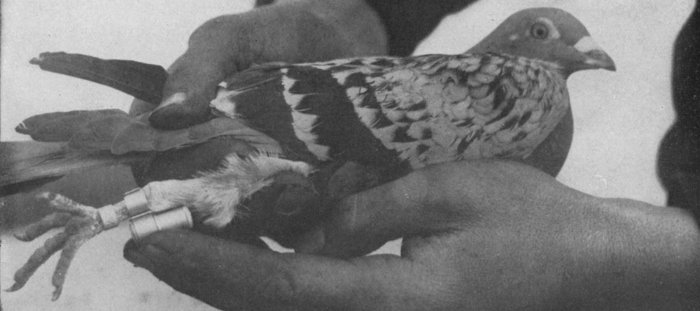
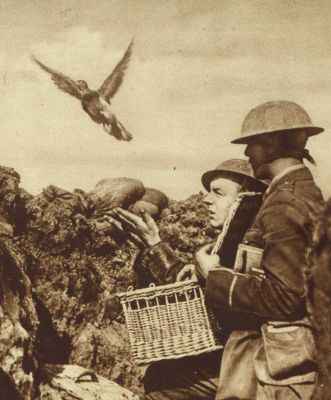 Following in the footsteps of all the other European governments, England has arranged for the use of
Following in the footsteps of all the other European governments, England has arranged for the use of 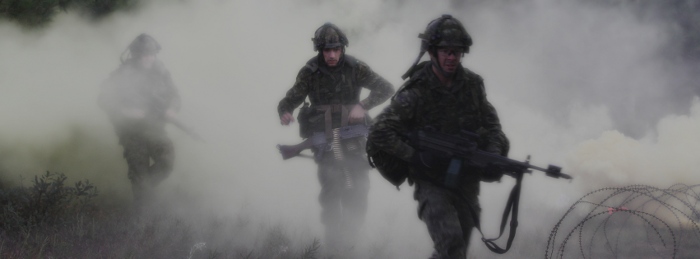
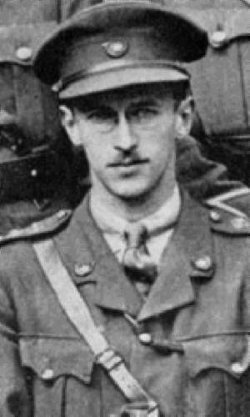 The "Man-in-the-Dark"
The "Man-in-the-Dark"
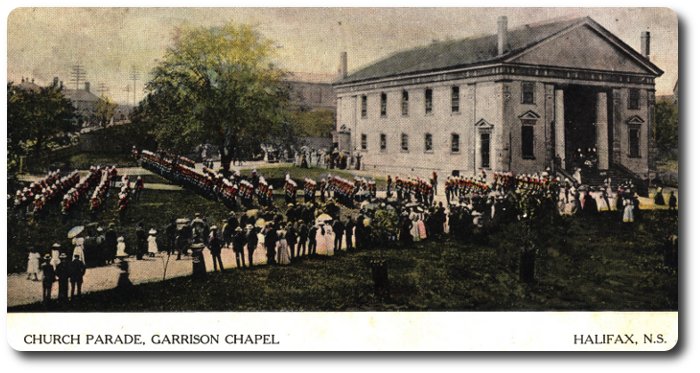
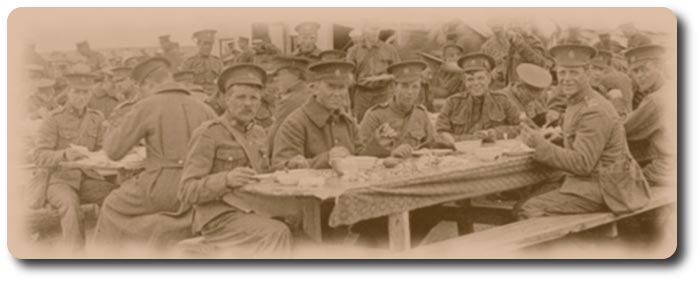

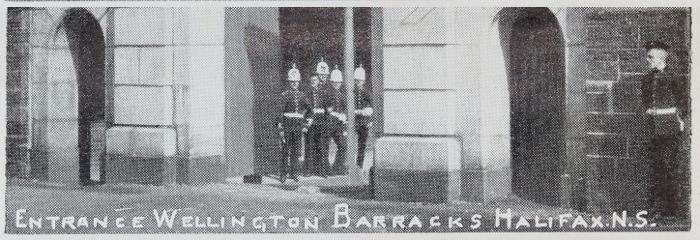
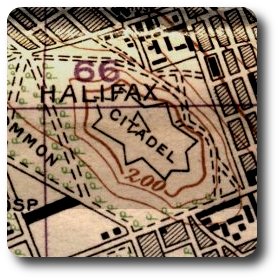 The Daily Telegraph; Quebec, Thursday, 30 November, 1905
The Daily Telegraph; Quebec, Thursday, 30 November, 1905

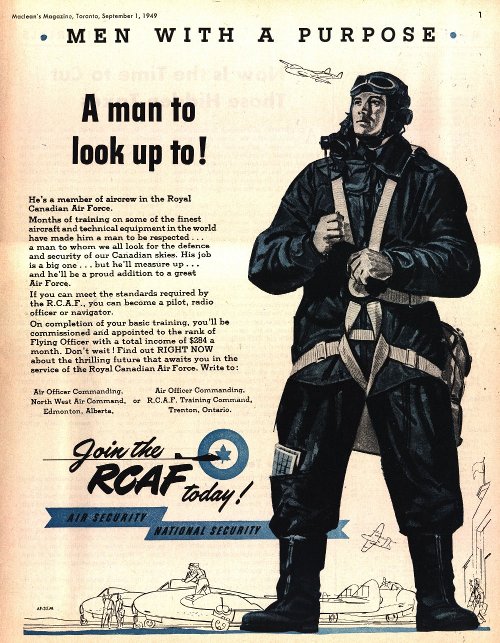
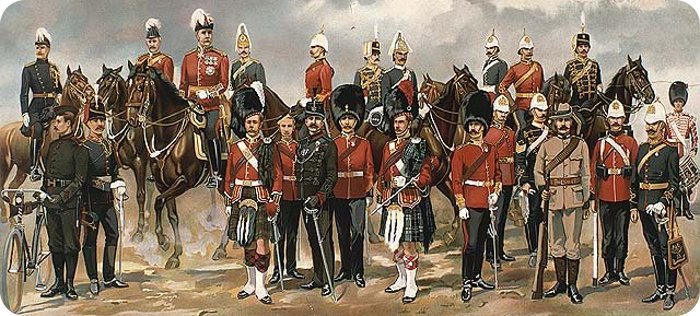
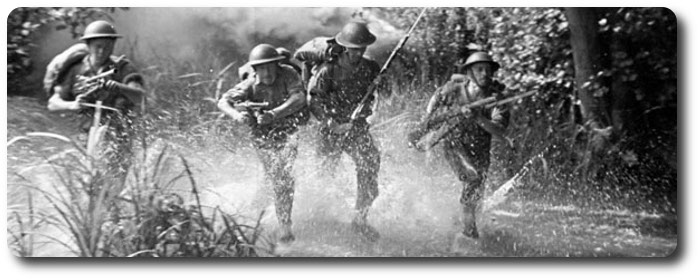
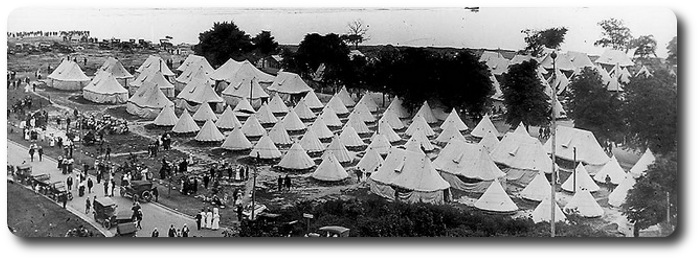
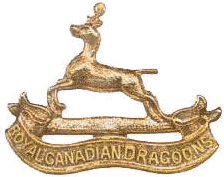
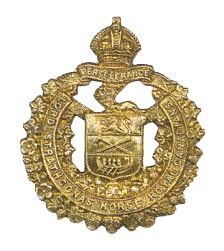
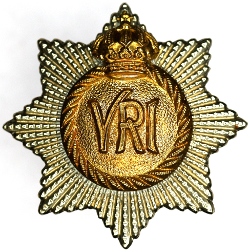
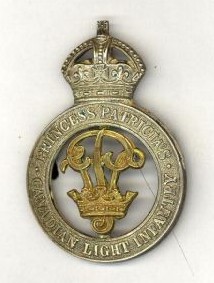
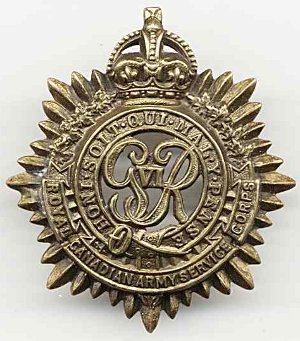
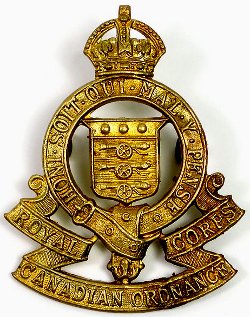
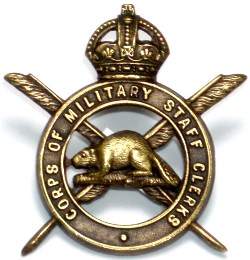

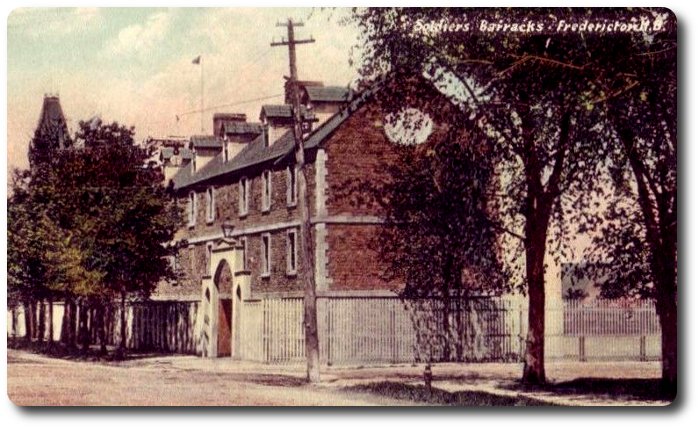
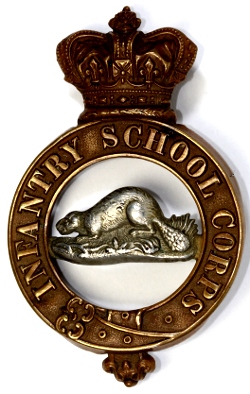 A lively fight took place of Tuesday evening between soldiers of the
A lively fight took place of Tuesday evening between soldiers of the 
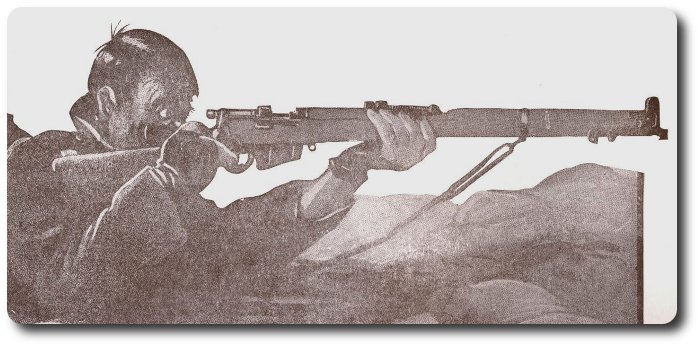
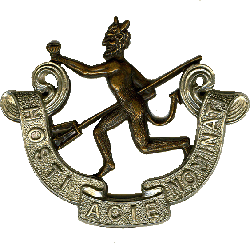 July was a sniper's month. True, every month is a sniper's month; the great game of sniping never wanes, but the inactivity in other methods of fighting left the field entirely free for the sharpshooter in July.
July was a sniper's month. True, every month is a sniper's month; the great game of sniping never wanes, but the inactivity in other methods of fighting left the field entirely free for the sharpshooter in July.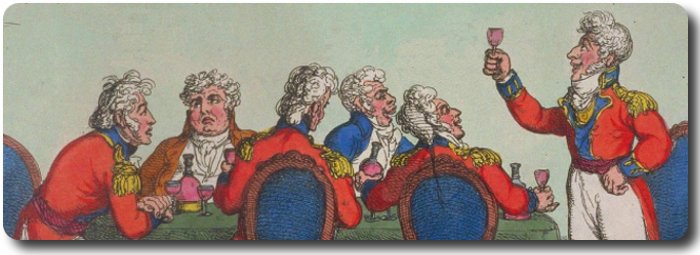
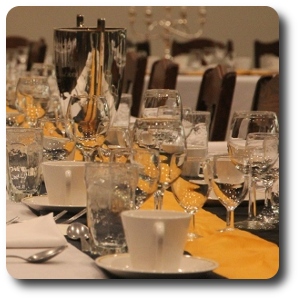 The
The 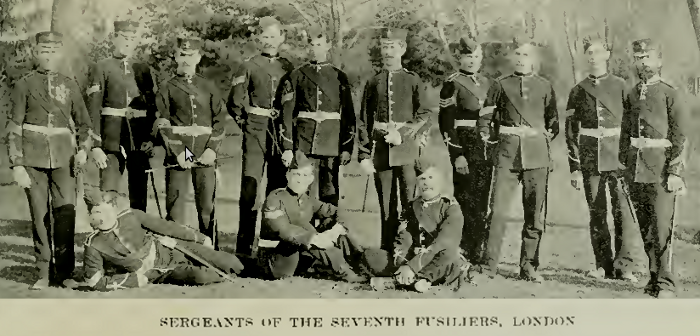
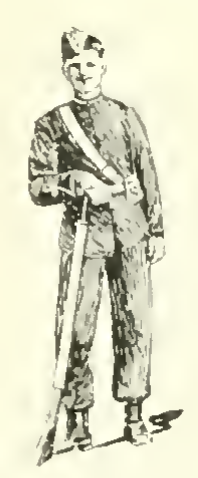 Last evening the camp was completed by the arrival of the 22nd Oxford Rifles, and to-day the whole plain is dotted with snow white tents to the number of three or four hundred. Even at this early day the camp looks well, the many bright colored flags marking the various headquarters and other prominent points, increasing the attractive appearance of the encampment. Visitors, of whom there were a good many, find much to enjoy and interest them in a trip through the lines.
Last evening the camp was completed by the arrival of the 22nd Oxford Rifles, and to-day the whole plain is dotted with snow white tents to the number of three or four hundred. Even at this early day the camp looks well, the many bright colored flags marking the various headquarters and other prominent points, increasing the attractive appearance of the encampment. Visitors, of whom there were a good many, find much to enjoy and interest them in a trip through the lines.